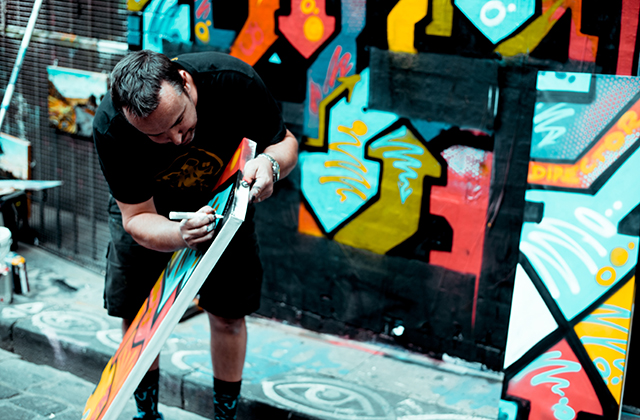Concepting is a skill you develop through practice, just like golf or writing. You don’t become good at it by reading about it. Tv storyboard is a big help during concepting stages.
Concepting is designing products that work for people, not just products that look pretty. A great user interface is the kind of thing that appears to have turned up by accident, but looks so obvious once you have seen it that you wonder why no one had thought of it before. Software designers are often disappointed when they discover their design is not brilliant after all. But I think this is actually a sign of conceptual excellence – if your idea turns out to be bad, then you weren’t trying hard enough to make it excellent.
A concept is a mental model you have of how the system you are designing will work. It’s not just a list of features, though those are often useful as a precursor to a detailed design. You have to do some analysis to find out how many screens you need, what the interface should look like, and so on.
That means that if you’re working on an iPad app, your concept will include information about the interface for writing email, reading newspapers, or playing games. And then you’ll want to figure out how this all fits together.
It’s easy to set out a design or idea in words, but then when you get to the real work it ends up being very complicated. Starting with a really well-organized and simple design often helps.
The concept is the thing we want the user to do: what we want her to do and why we want her to do it. The idea may be something like “I want to make a list of all my friends,” but that can be difficult to express in words; instead it’s easier to put it in the form of an interface, where I might say: “I want a list of all my friends that I can easily sort by name and then print out.” This is much more compact, and although not quite as clear, also helps us think about how to implement it. It also makes me think about other things I might have done while designing this interface.
The most effective way to learn a new task is to start doing it. You can’t learn a new task if you don’t start doing it, and the only way to do that is to start with a prototype.
The prototyping phase—that’s when you’re trying things out, trying to understand what they do and how they work—is the most important part of the design process. It’s when you learn from your mistakes. Usually, that is all prototypes are good for: learning from your mistakes. When you’re in the prototyping phase, you’re not thinking about how best to implement a particular concept; you’re just thinking about how to make a particular concept work.
Designers have fallen into the habit of leaving this stage out entirely. They spend all their time modeling or calculating or drawing or writing. You don’t have to do that stuff for a few weeks before you get started making things work just by clicking around with them yourself.
If you make a lot of money, you can afford to hire people who are good at this. But if you want to become rich in the long run, this may be one of your biggest challenges. For one thing, designing an interface is not something that can be learned in a few weeks. It takes years.
You can learn it by doing it, though. If you have a good idea for an app and you really want to get rich, you should try to come up with it yourself. Or just sit around and watch other people do it: that’s how we came up with the iPhone and iPad and Android and all the rest.

